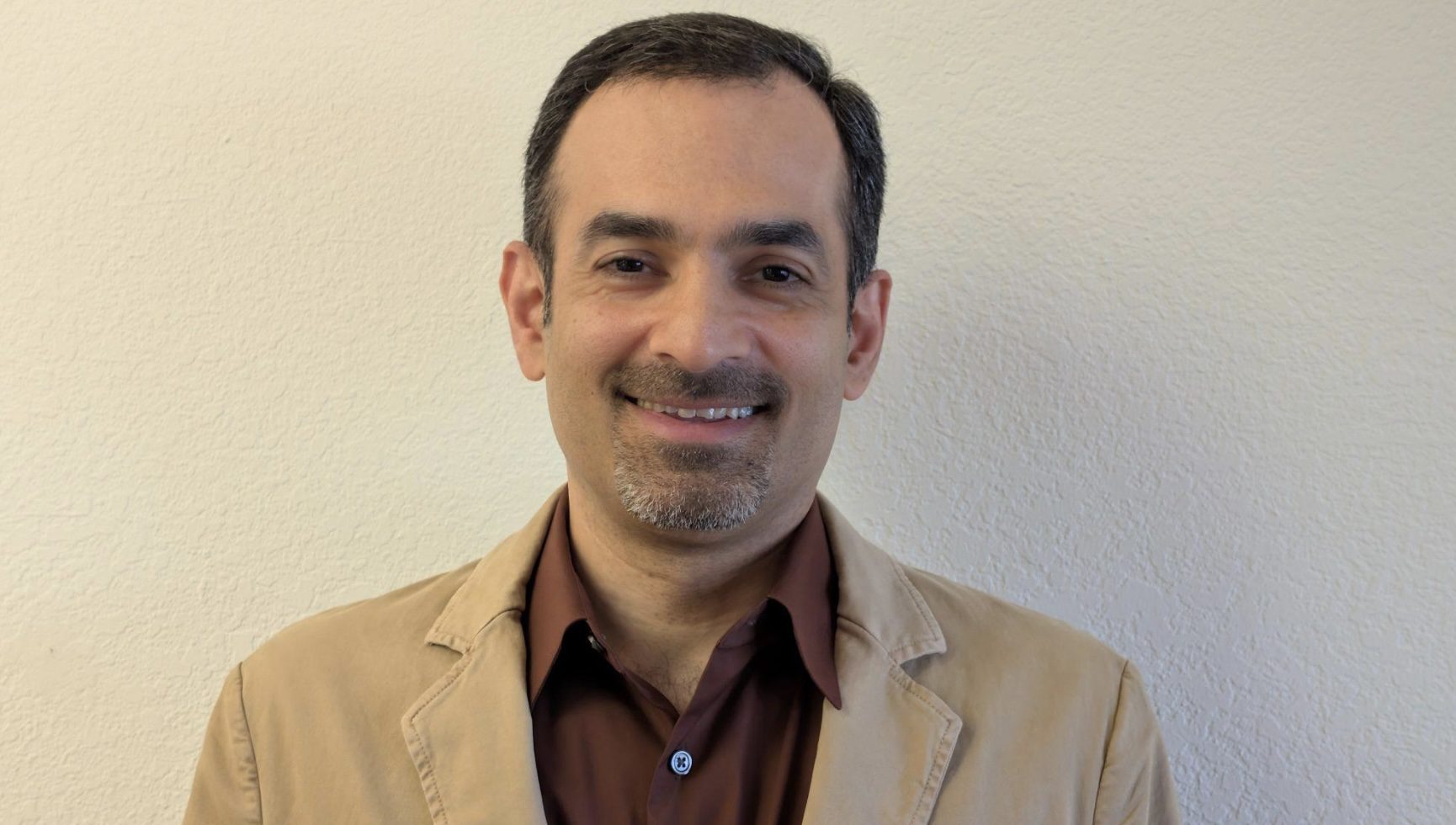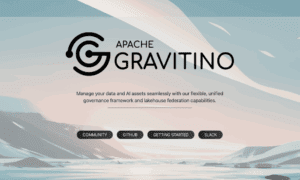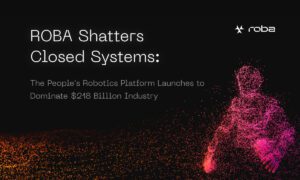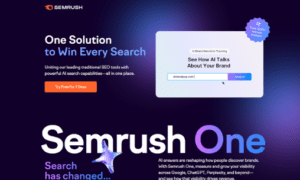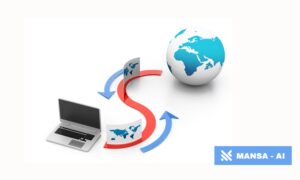Open-source software has become a backbone of modern enterprise technology, but scaling these tools beyond early adoption and into production environments with thousands of users is a current challenge that many technology leaders are actively working to navigate. Ahmad Fattahi, Senior Director of Data Science at Cloud Software Group and author of IoT Product Design and Development (Wiley, 2022), has spent nearly two decades leading data science and AI initiatives in enterprise software, applying machine learning to real-world business problems, and shaping product strategies for large organizations.
From AI-driven automation at Cisco to open-source platforms adopted and used by thousands of enterprise clients, he offers a candid view into the promise and pitfalls of building and sustaining products with open-source technology at scale.
The Enterprise Tradeoff: Build or Buy
Fattahi’s career has been defined by the decisions that many technology leaders face: whether to build on open-source foundations or rely on established vendors. “For any significant project, you have to make that decision either for your own company or for the customers you are trying to help. You have to answer that question: which parts of the project should use open source technologies as opposed to just go out and buy a solution?,” says Fattahi. This tradeoff is rarely straightforward. Open-source projects can offer flexibility and innovation at lower initial costs, but they also come with hidden complexities that enterprises must be prepared to manage.
Why Scaling Open Source is Different
Scaling open-source projects introduces unique challenges compared to proprietary platforms. Community-driven development, while powerful, also creates uncertainty. “As the name suggests, they’re open-source, which means they are much more prone to changes by the community, which is a much less controlled group of people as opposed to one vendor with command and control in place,” Fattahi says. “Sometimes the community just stops.” Another issue is support. Unlike enterprise vendors who guarantee documentation, bug fixes, and service levels, open-source projects can leave teams without reliable assistance. The operating and maintenance costs are also less predictable, with open source and these uncertainties demand rigorous evaluation before adoption. “It’s far from free in that you have to pay for the compute, for the infrastructure to actually run it. And there’s uncertainty about how much it costs.”
Strategies for Scaling Successfully
Fattahi identifies three strategies that can make the difference between success and frustration when building on open-source foundations.
Be Patient: “The most important one, overarching pretty much everything else, is to do your research thoroughly which can take time,” Fattahi says. The temptation to rush into the latest framework or tool can be strong, especially when developer communities generate buzz, however, hasty decisions often lead to costly rewrites later. “There should be a sweet spot between moving fast to catch the market and making sure that the choice is not made too hastily without proper investigation.”
Consider the Full Cost of Ownership: Beyond infrastructure and compute, staffing is a hidden expense. “For newer technologies, even finding and hiring people with the right skillset can be a challenge. It has happened to me before, I’ve been burnt before myself,” Fattahi explains.
Prioritize Security: “The best set of features, if not secured, if it doesn’t pass the minimum threshold that the typical enterprise customer would require, will just gather dust on the shelf.” Open-source software that cannot withstand scrutiny from IT security teams will fail, regardless of its technical capabilities.
The Future: AI as a Force Multiplier
AI-driven tools are already improving developer productivity, testing, and security scanning, which can accelerate release cycles. Looking ahead, Fattahi sees AI as both an accelerant and a cautionary variable in open-source scalability. “My best guess is that it will be a virtuous cycle or positive feedback loop depending on your vantage point,” he says. But speed has a tradeoff. “Fast release cycles can mean code developed without human supervision and hastier tests. Unless developers also use AI to perform tests that they understand themselves, it can backfire,” Fattahi warns. The key lies in balance: using AI to free human developers for complex tasks while relying on automation to handle routine code generation and bug detection. Done well, this could transform the pace and quality of open-source innovation.
Building Resilient Open-Source Ecosystems
Scaling open-source is not about chasing the newest tools, but about building resilient ecosystems that balance innovation with business realities. And, despite the challenges, Fattahi remains optimistic. “It’s a very exciting time for the open-source community as a whole because of AI. There’s so much more we can do that was not feasible a mere two or three years ago,” he says. If enterprises and developers apply careful strategies around cost, security, and adoption, open-source platforms will continue to flourish alongside their commercial counterparts.
To connect with Ahmad Fattahi and explore more of his insights, visit his LinkedIn.

